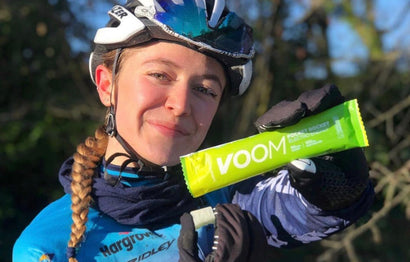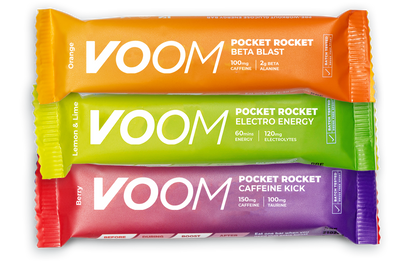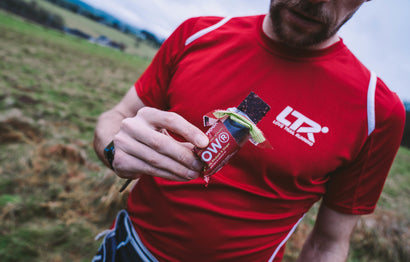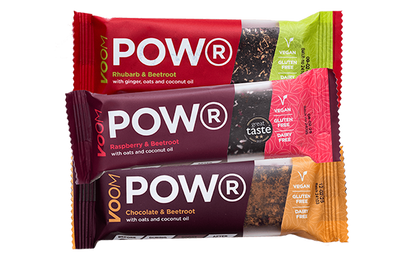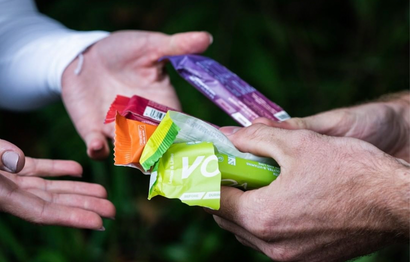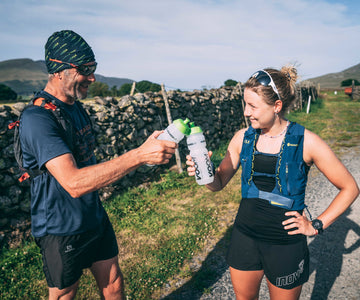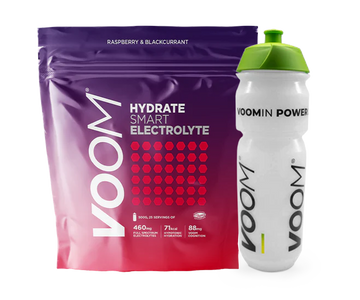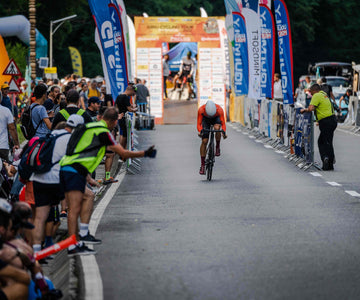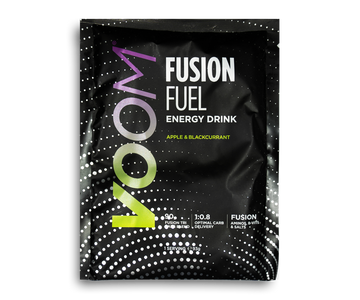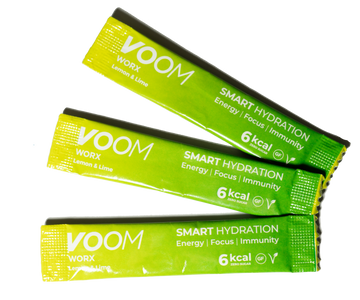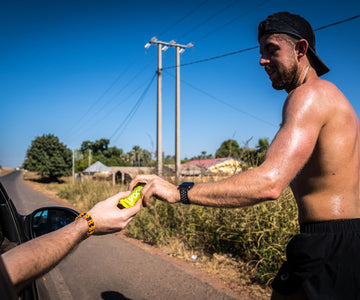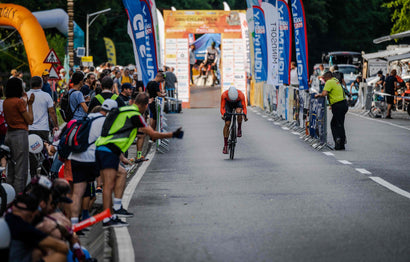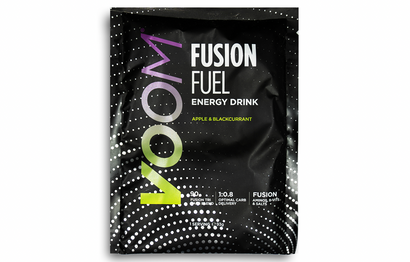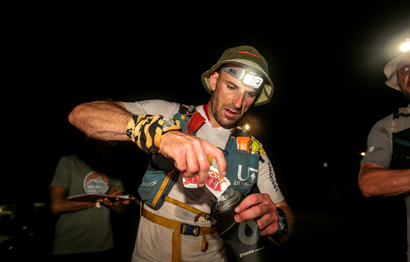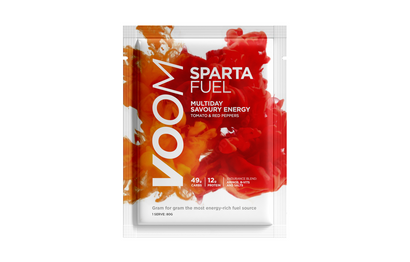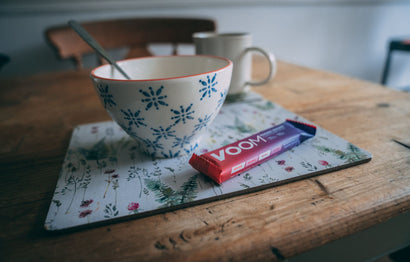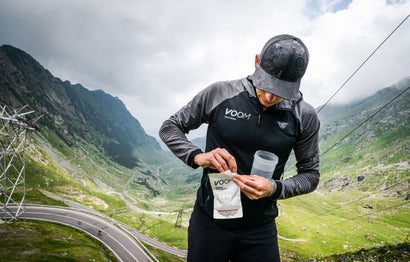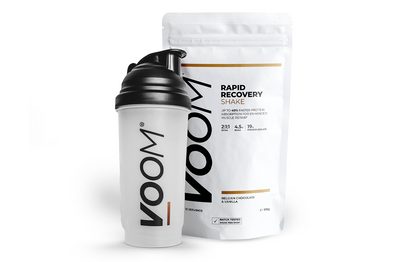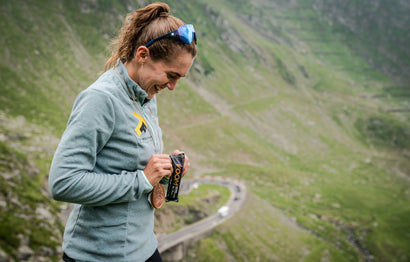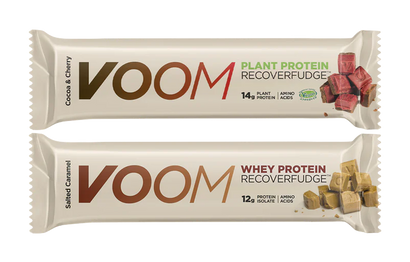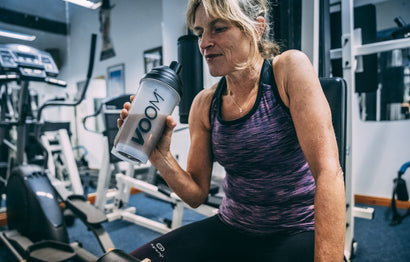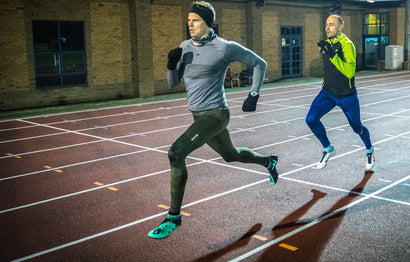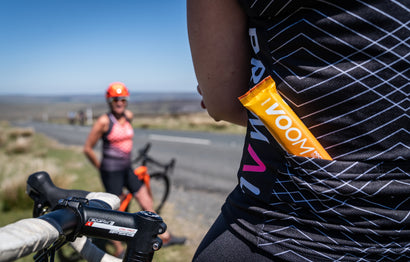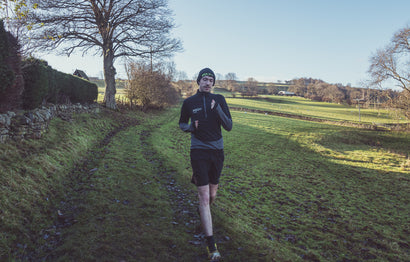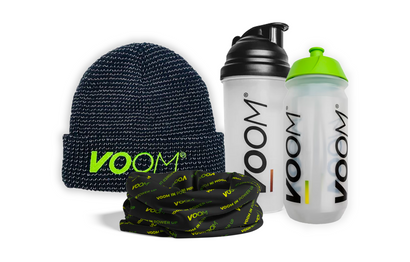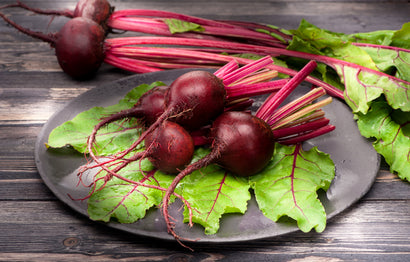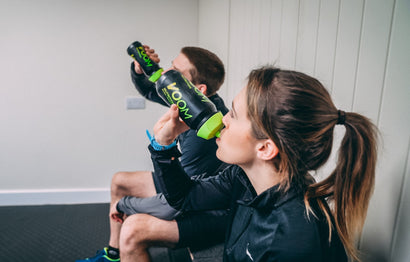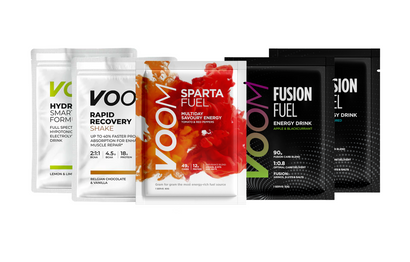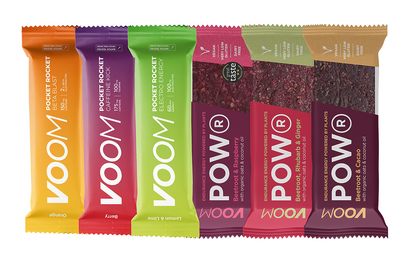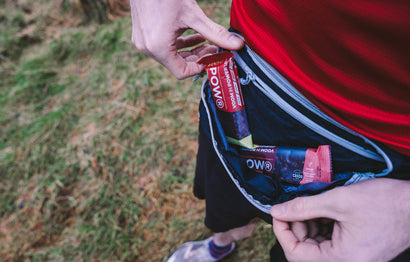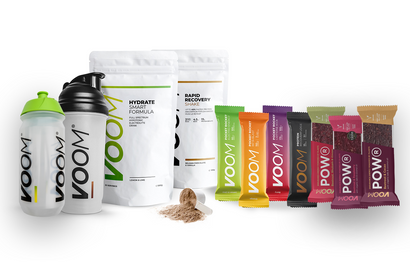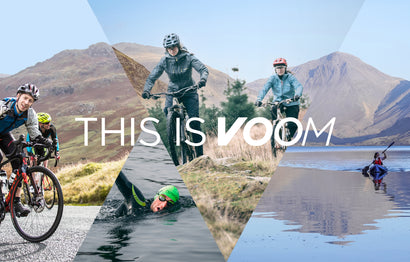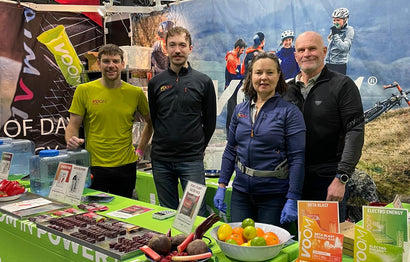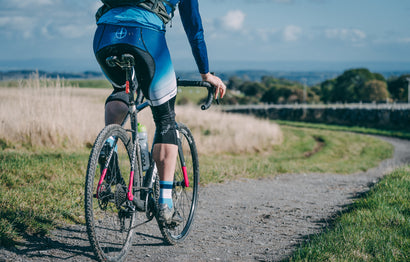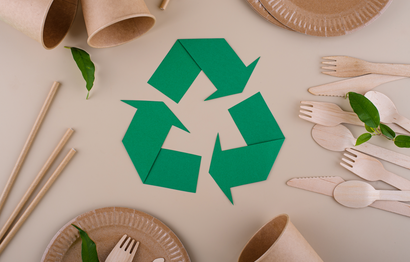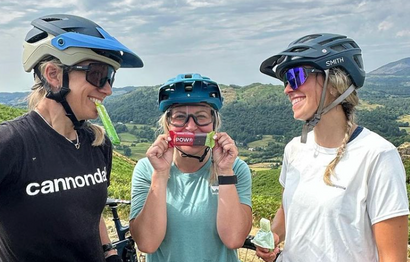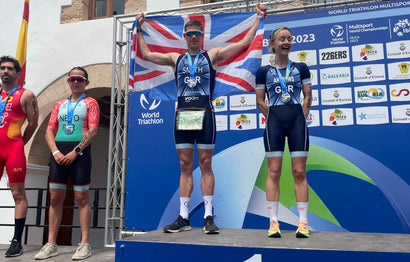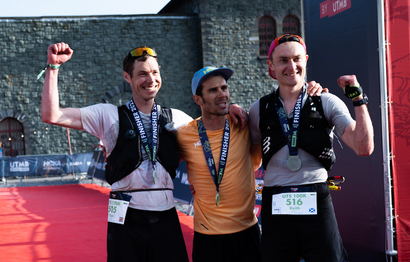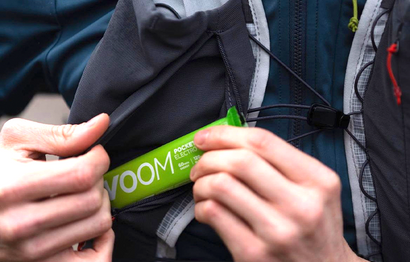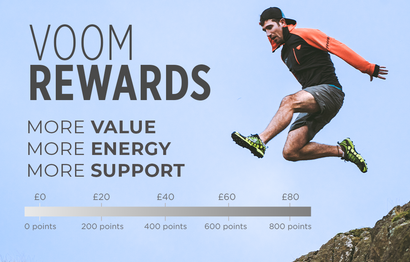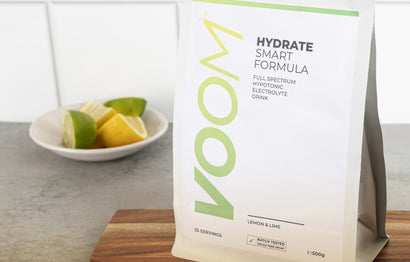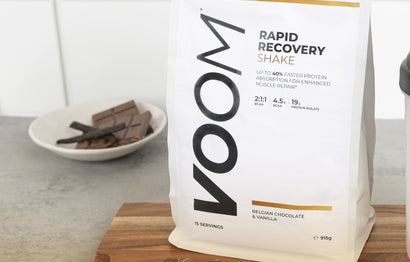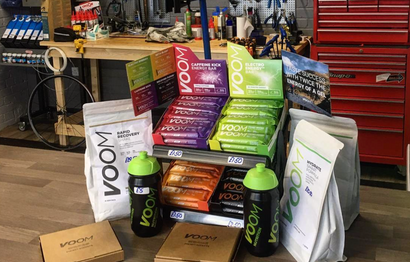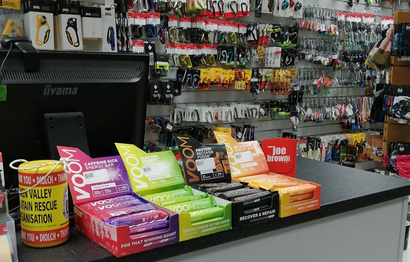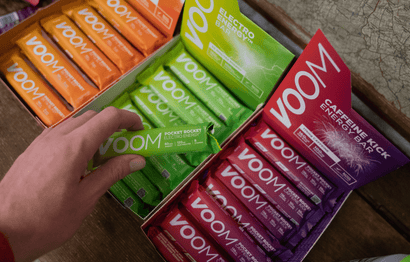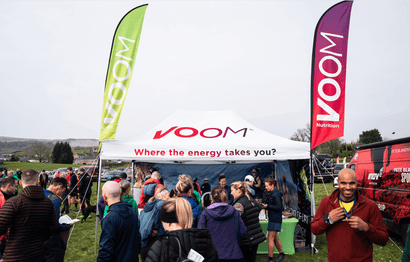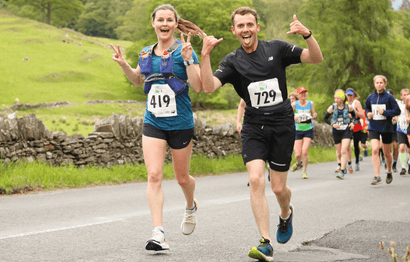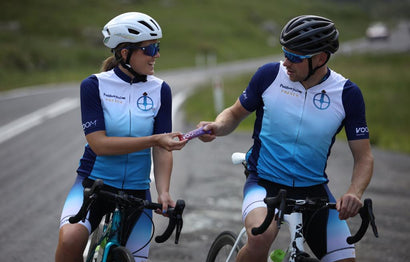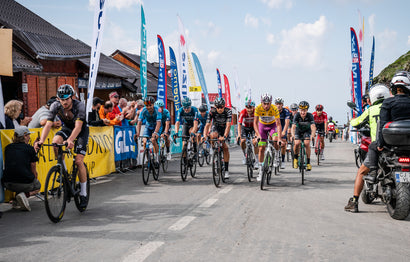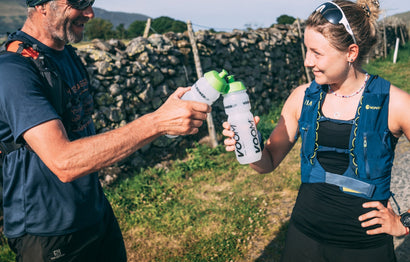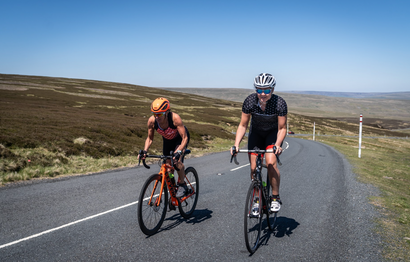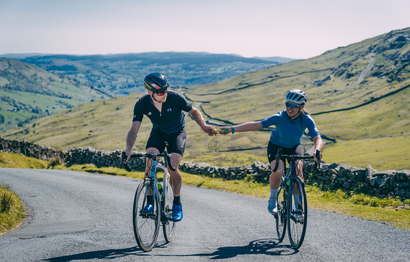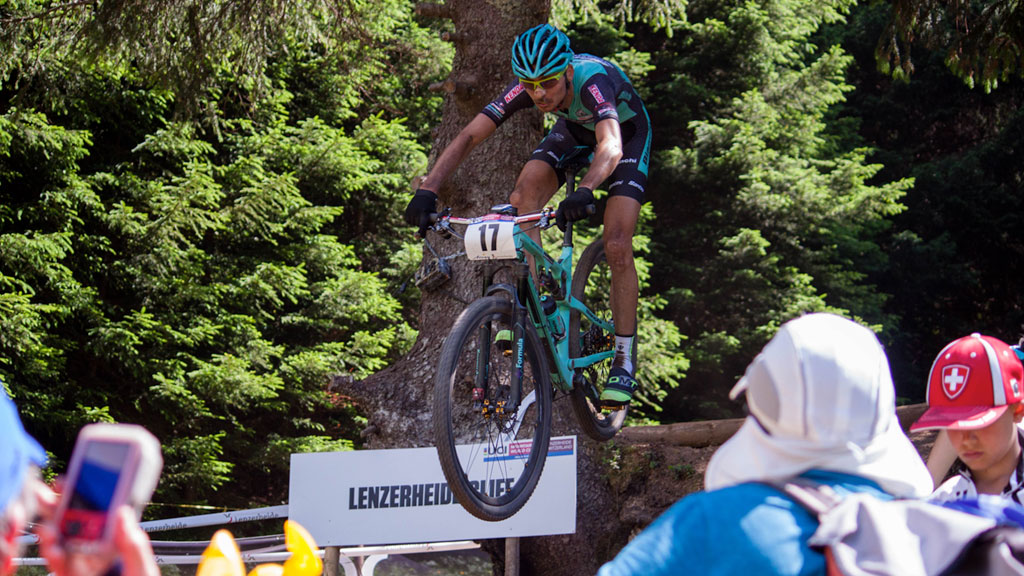We all know how important hydration is, but sometimes, especially during intense exercise, water alone isn't enough. Electrolytes can seriously aid your hydration, and in turn boost your performance...

What are electrolytes?
Electrolytes are essential minerals that are crucial in many processes in the body and for maintaining regular cell functions. This includes muscle cells that make up muscle fibres responsible for contractions during exercise. There are 5 key electrolytes used in the body which are sodium, potassium, magnesium, calcium and chloride. These are often referred to as full spectrum electrolytes.
Hydrate yourself now!!
What does the body use electrolytes for?
Sodium (Na2+) – drives fluid uptake.
Potassium (K+) - contributes to normal function of muscles and the nervous system.
Magnesium (Mg) - contributes to normal energy-yielding metabolism, normal functioning of the nervous system, normal muscle function and a reduction in tiredness and fatigue.
Calcium (Ca2+) – contributes to normal energy yielding metabolism, muscle function and neurotransmission.
Chloride (Cl-) – helps retain fluid.
Why are electrolytes important for running and sport?
During physical activity the body can lose up to 1-2 Litres of sweat per hour. Sweat contains many essential electrolytes and minerals required by the body for basic functions and fluid loss at these rates can quickly lead to dehydration. To avoid the compromising effects of dehydration, you need to replace depleted levels of electrolyte salts and minerals. The most effective way to consume electrolytes is with a low sugar, high electrolyte formulation for the fastest possible hydration.

How do I prevent muscle cramps?
How to prevent muscles cramps has been a popular questions, and research has indicated that the addition of sodium to drinks increases fluid delivery and reduces plasma volume change during exercise (Barr et al. 1991). Optimum levels of sodium also increase palatability and therefore voluntary drinking (Minehan et al. 2002). The resulting improved hydration status can reduce and prevent muscle cramps associated with dehydration and the resulting drop in performance. VOOM® Hydrate Smart uses each of the five key electrolytes in a carefully balanced formula, aiming to reflect the ratio of electrolytes lost in sweat which can help reduce instance of cramp.
VOOM® Hydrate uses carbohydrate and full spectrum electrolytes in a carefully balanced formula, to reflect the ratio of electrolytes lost in sweat.

The fastest hydration drinks…
The speed at which the body will be hydrated after consuming a drink depends on which ‘tonic’ the drink is.
What is a hypotonic drink?
A hypotonic drink has a lower concentration of salt and sugar than blood. This drives fluid uptake by the body, meaning water is transported out of the stomach and intestines and into the body more quickly. VOOM® Hydrate is hypotonic.
What is an Isotonic drink?
An isotonic drink has the same concentration of salt and sugar as blood. The fluid is absorbed into the blood stream, not as quickly as a hypotonic solution, but quicker than a hypertonic solution.
What is a hypertonic drink?
A hypertonic drink has a higher concentration of salt and sugar than blood, which causes movement of water out of cells. This can cause water to flood into the stomach which often results in bloating and gastric upset. Hypertonic drinks are recommended for post-workout, when digestion isn’t compromised.
Sugar and Electrolyte Transportation
Rapid and effective hydration depends on the active co–transport of glucose and sodium molecules through the small intestine. The amount of glucose in a rehydration formula is very important. 2% glucose provides optimal rehydration, whilst promoting stomach comfort.

Why are Zero Kcal electrolyte tabs not the fastest way to hydrate?
‘No sugar’ electrolyte formulations will not activate the co-transport of glucose and sodium; hence hydration is not as rapid as possible. Conversely research has shown that increasing the amount of carbohydrate leads to a decrease in fluid delivery – the increase in osmolality causes a net movement of water into the intestine, causing a loss in the body water pool. This may actually increase the effects of dehydration (Maughan and Leiper. 1999 and Gisolfi et al. 1990).
How to hydrate quickly
VOOM® Hydrate uses a tri-carb blend with full spectrum electrolytes to maximise fluid and energy delivery to working muscles by making use of glucose-sodium co-transport.
• Glucose - The absorption of glucose by SGLT1 in the small intestine is directly coupled with the absorption of 2 sodium molecules and ~300 water molecules. This means fluid can be absorbed against a concentration gradient and helps explain why low carbohydrate (3% glucose) drinks increase fluid delivery, compared to water alone (Loo et al. 1996).
• Fructose – This form of sugar is absorbed by GLUT5 in the intestinal cell membrane, therefore can be absorbed alongside glucose.
• Cluster dextrin is used alongside maltodextrin, due to its effect in enhancing gastric emptying, which therefore allows quicker transportation of electrolytes into the body.

